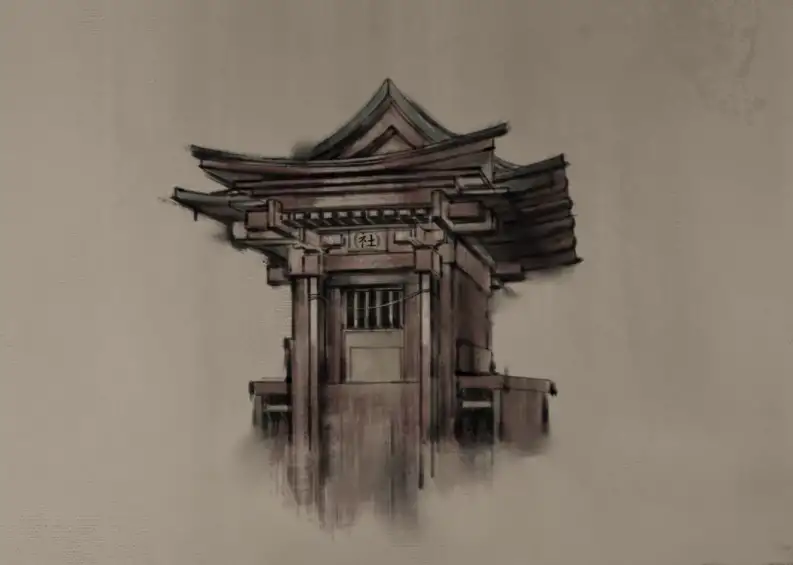
The term ‘kami’ comes from Shinto, Japan’s oldest belief system. Although Shinto has been classified as a religion by some, it is often treated more as a way of life. Most of Japan continues to practice Shinto beliefs and rituals to this day. And the main belief of Shinto is the worship of kami.
In short, Kami are spirits of the natural world. They inhabit and personify landscapes, forces of nature, and even living or dead people and animals. Each family is considered to have its own ancestral kami. Even objects are believed to have kami. As you might expect, this spiritual omnipresence suggests that there are a great number of kami in the world — too many to count. Believers use the term ‘yaoyorozu-no-kamigami,’ meaning ‘eight million gods,’ to refer to the kami as a group.
Although kami is often translated as the English word ‘god,’ the two concepts are quite different. Deities and divinities certainly fall under the umbrella of kami, but so do various phenomena, the spirits of the dead, and even deceased ancestors.
Many kami are benevolent, but others are callous, malicious, or simply uncaring. For example, the Heian-era nobleman Taira no Masakado was enshrined as a kami after his angry spirit reportedly began wreaking havoc. One shrine in Tokyo dedicated to him has been maintained for over 1000 years. Although Taira no Masakado’s spirit rarely causes trouble now, periodic attempts to remove the shrine for construction purposes have led to quite the body count.
On the other hand, shrines to Inari Okami, the kami of foxes, agriculture, industry, and worldly success, continue to draw in those seeking triumph and prosperity. In Tale of Ronin, players will be able to find shrines to kami scattered across the land. Praying at them is believed to bring many benefits.